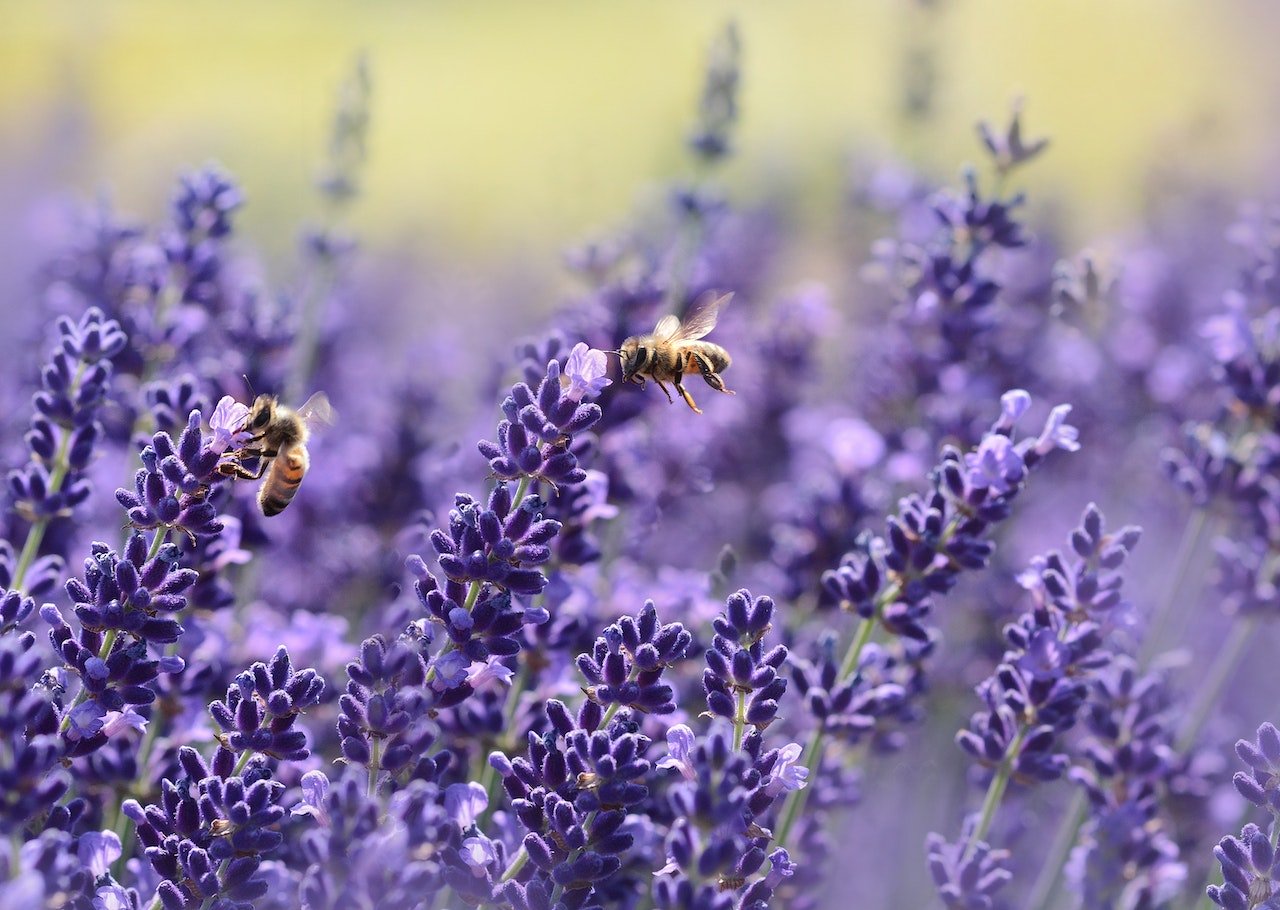Background of Bees
Bees are buzzing little creatures that have been around for millions of years. They are insects known for their role in pollination and for producing honey and beeswax. There are nearly 20,000 different species of bees in the world today. These species vary greatly in size, habitat, and behavior. However, despite their differences, all bees share some common characteristics. They all have two pairs of wings, a segmented body, a pair of antennae, and three pairs of legs. They are also known for their stingers, though not all bees can sting.
Importance of Understanding Different Types of Bees
Bees play a crucial role in the environment by helping to pollinate plants. This means that they help plants to produce the fruits, vegetables, and nuts that we eat. They also help to pollinate plants that provide habitat and food for other wildlife. Understanding the different types of bees and what they like can help us create environments that support these beneficial insects. Plus, it’s just plain fascinating to learn about the various kinds of bees that might be buzzing around your garden.
Different Types of Bees
Honey Bees
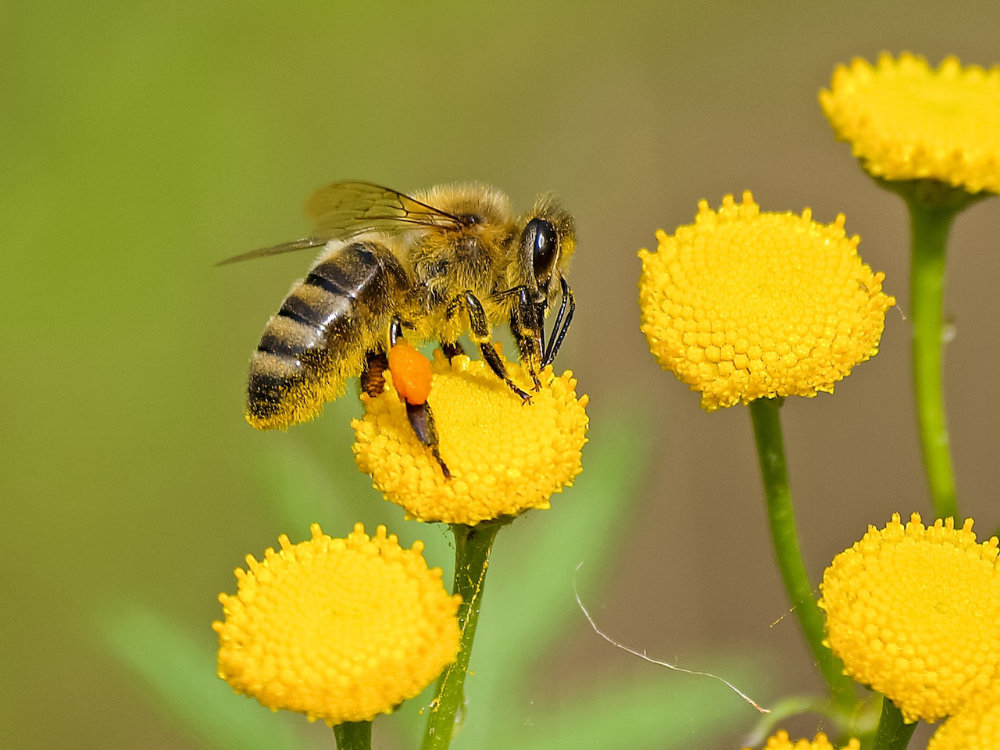
Honey bees are the stars of the bee world. They are social insects that live in large colonies, often containing thousands of bees. There are three types of honey bees in a colony: the queen, the workers, and the drones. The queen lays eggs, the workers do all the work like foraging, cleaning, and taking care of the young, and the drones are there just to mate with the queen.
Honey bees love flowering plants, especially those that produce nectar and pollen. They are attracted to plants of all different colors and sizes, but they particularly like flowers that are blue, purple, white, and yellow. They need lots of flowers to support their large colonies, so they often forage in areas with lots of flowering plants like gardens, meadows, and orchards.
Bumble Bees
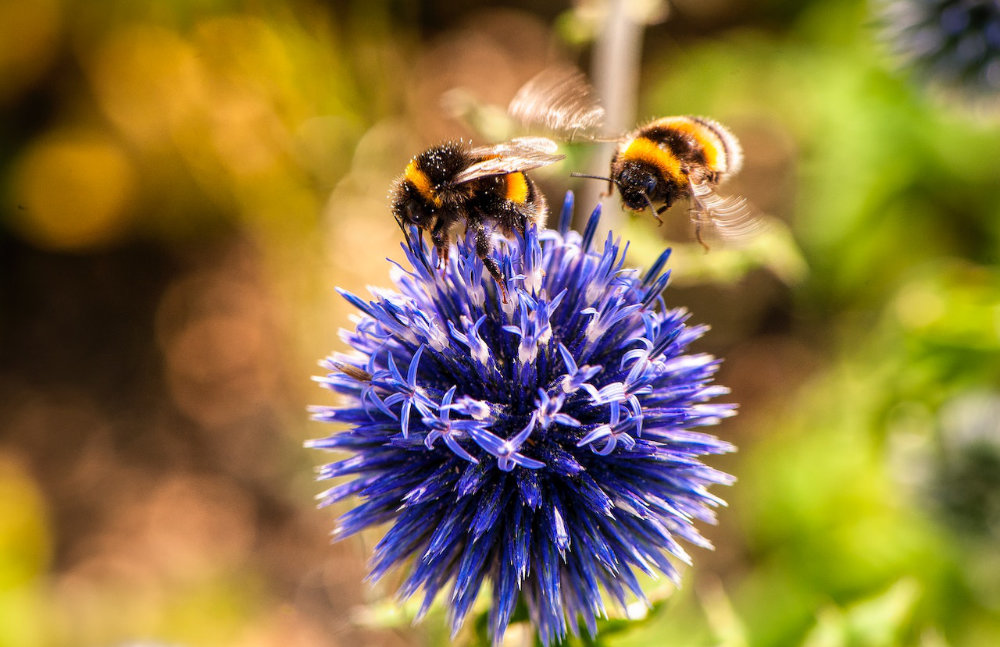
Bumble bees are larger, fluffier, and a bit slower than honey bees. They are also social insects, but their colonies are smaller, usually with only a few hundred bees. Bumble bees are easily recognizable by their large size and loud buzz. They also have a unique ability among bees: they can “buzz pollinate,” vibrating their bodies at a specific frequency to shake pollen loose from certain types of flowers.
Bumble bees are less picky than honey bees when it comes to flowers. They can forage on a wide variety of flowering plants, thanks to their long tongues which can reach into deep flowers. They especially like flowers that are pink, purple, and blue. Bumble bees also prefer flowers that are open during the day, as they are mainly active during daylight hours.
Carpenter Bees
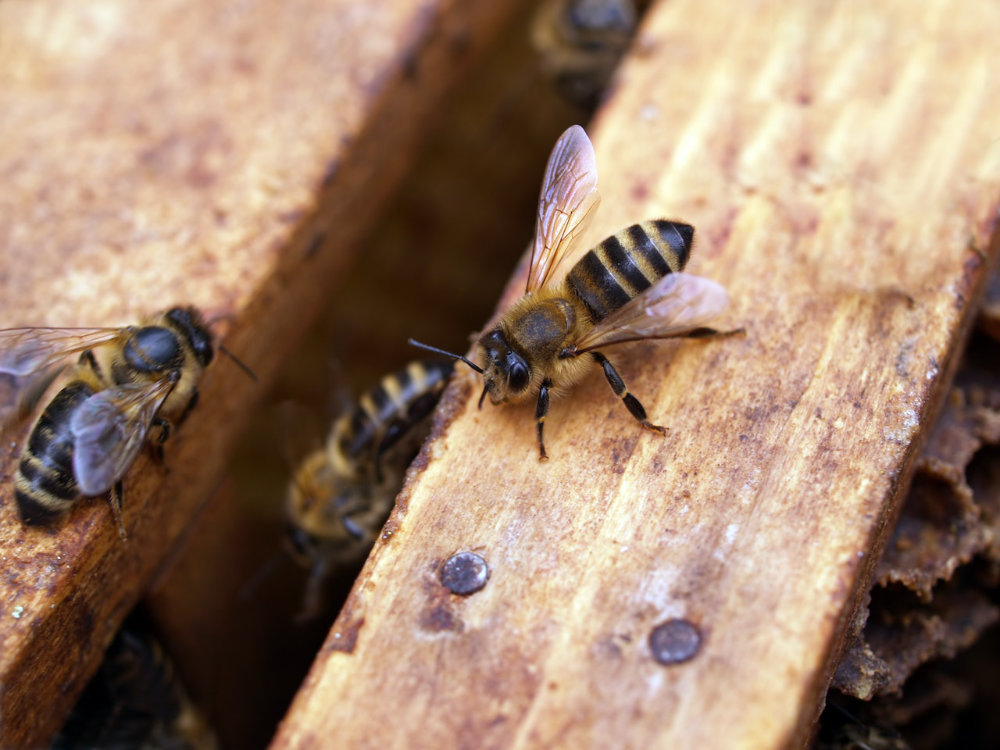
Carpenter bees are solitary bees, meaning they don’t live in colonies like honey and bumble bees. They get their name from their nesting habits. These bees bore holes into wood to lay their eggs, hence the “carpenter” in their name. They are fairly large, similar in size to bumble bees, and can often be seen flying around wooden structures.
Carpenter bees are generalist pollinators and are attracted to a wide variety of flowering plants. They are also known to “nectar rob” by cutting a hole in the side of a flower to get to the nectar, bypassing the pollen. Despite this, they are still effective pollinators for many types of flowers. They are particularly drawn to open-faced flowers of various colors.
Mason Bees
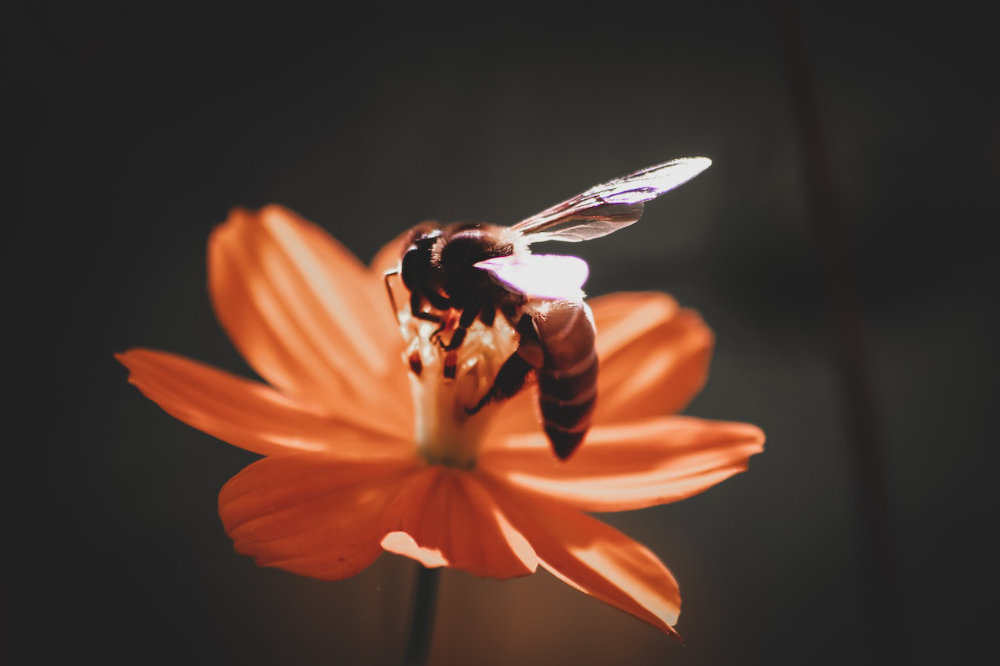
Mason bees are also solitary bees, but instead of boring into wood like carpenter bees, they use existing holes and cavities for their nests. They’re called “mason” bees because they use mud to build partition walls between the eggs in their nests. Mason bees are smaller than both honey bees and bumble bees, and they are usually metallic blue or green in color.
Mason bees are very effective pollinators. They like a wide range of flowering plants, but they especially prefer spring-blooming fruit trees and shrubs, which coincide with their active period in the early spring. They don’t travel far from their nests, so they’re great to have in your garden if you want to ensure your plants are pollinated.
Sweat Bees
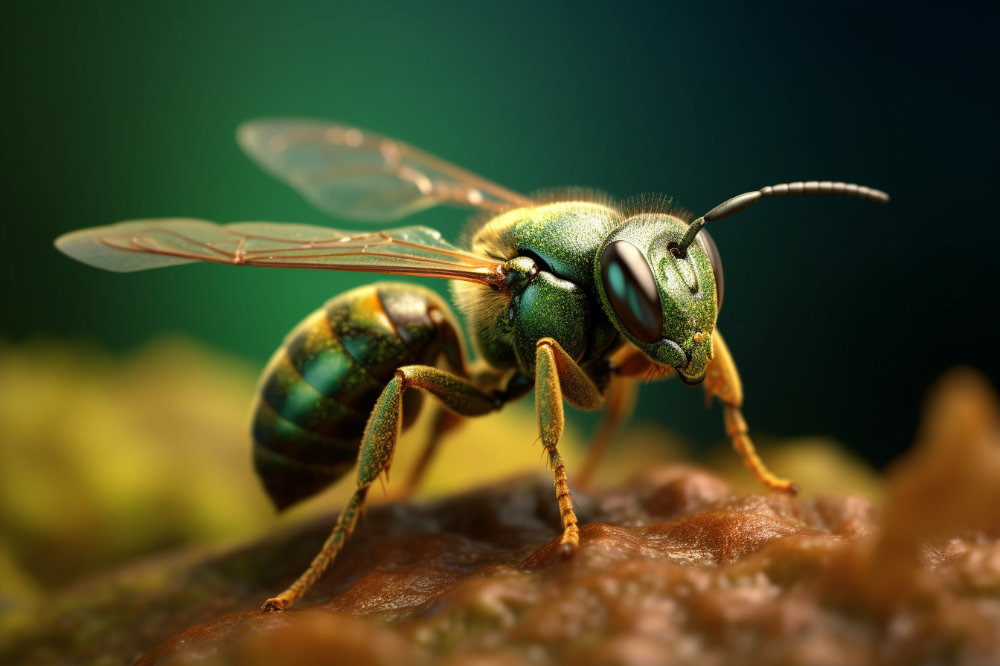
Sweat bees are small and often brightly colored, with metallic green, blue, or bronze bodies. They get their common name from their attraction to sweat, which they sip for the salt content. These bees can be solitary or live in small groups, depending on the species.
Despite their affinity for sweat, these bees are also important pollinators. Sweat bees visit a wide range of flowers for their nectar and pollen. They are generalists, so they aren’t too picky about the types of flowers they visit. These bees play a crucial role in the pollination of wildflowers, fruits, and vegetables.
Leafcutter Bees
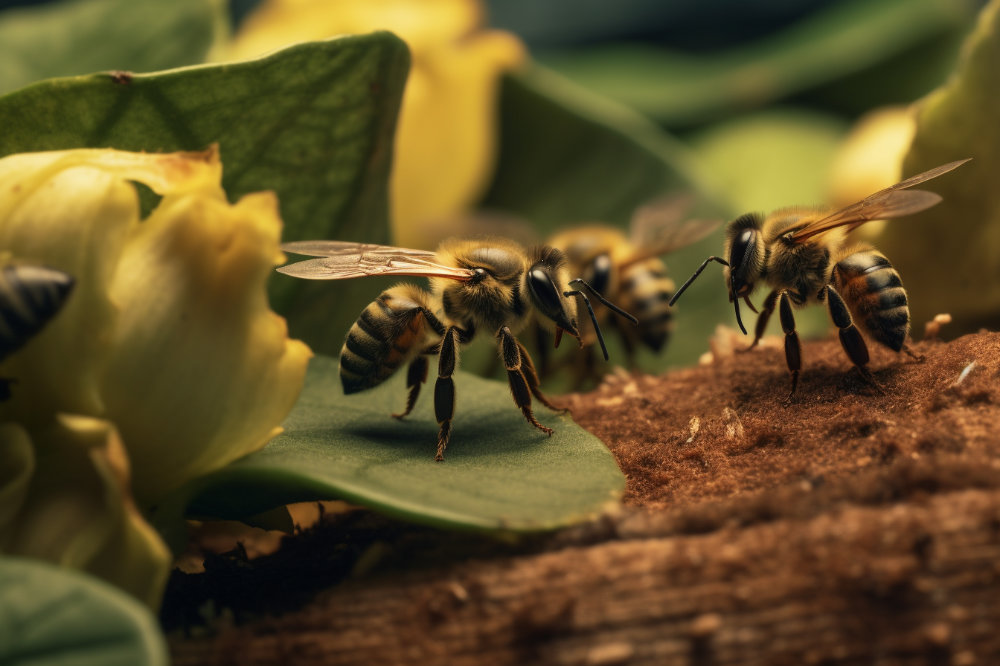
Leafcutter bees are solitary bees known for their unique nest-building behavior. They cut neat, round sections out of leaves and use these pieces to construct nests in existing cavities. You can identify these bees by their robust bodies and the distinctive way they carry their pollen on their abdomen, instead of on their legs like many other bees.
Leafcutter bees are efficient pollinators for a wide range of plants. They especially like legumes and other flowering plants, and are known to frequent home gardens and other green spaces. They are attracted to a diverse array of flower shapes and colors, thanks to their adaptability in different environments.
Comparison of Bee Types and Their Preferences
Overview of Similarities and Differences
While all types of bees are important pollinators, they each have unique traits and preferences. Honey bees and bumble bees are social insects, living in large colonies, and are drawn to a wide range of flowering plants. In contrast, carpenter bees, mason bees, sweat bees, and leafcutter bees are solitary and nest in different ways, from boring into wood to using mud or leaves. These solitary bees also exhibit a wide range of flower preferences, but some like mason bees and leafcutter bees are particularly good at pollinating certain types of plants.
How their Preferences Impact the Environment
The preferences of bees influence their environment significantly. Plants that attract a variety of bees tend to flourish, thanks to improved pollination. The specific nesting requirements of certain bees, like carpenter and mason bees, can also influence the habitats and resources available in an area.
Bees and their Role in the Ecosystem
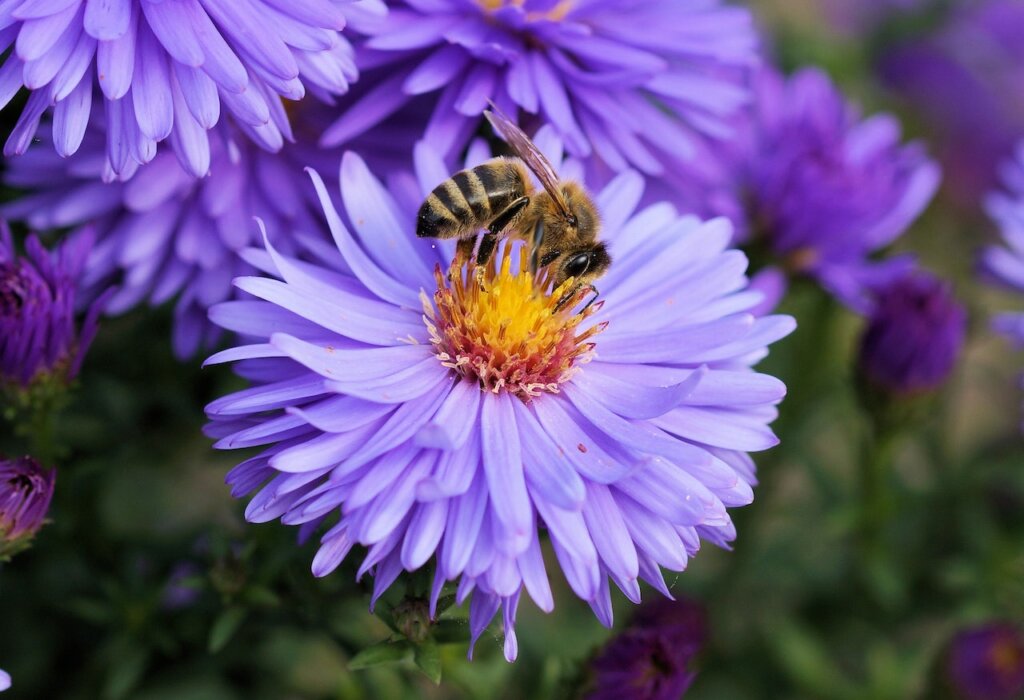
Pollination and Its Impact
Bees are primary agents of pollination, which is the process of transferring pollen from male parts of a flower to the female parts. This process is essential for the reproduction of many types of plants, including those that produce the fruits, vegetables, and nuts that make up a significant portion of human diets. Beyond this, bee pollination supports the reproduction of plants that other wildlife use for food and habitat, thus contributing to biodiversity and healthy ecosystems.
Importance of Bee Conservation
Given the vital role bees play in pollination, their conservation is incredibly important. Populations of both wild and domesticated bees are under threat due to habitat loss, climate change, pesticides, and disease. By understanding the different types of bees and their preferences, we can better support their conservation. This could include planting bee-friendly gardens, providing habitats for solitary bees, or reducing pesticide use. Every effort counts in preserving these invaluable members of our ecosystems.
How to Attract Various Types of Bees
Plant Choices
One of the best ways to attract bees is by providing them with a buffet of their favorite flowers. Consider planting a variety of native plants that bloom at different times of the year to provide a consistent food source. For honey bees and bumble bees, blue, purple, white, and yellow flowers are favorites. For solitary bees like mason bees, consider early spring bloomers, and for leafcutter bees, legumes and flowering plants are top choices.
Providing Nesting Habitats
Aside from food, providing nesting habitats can also attract bees. For honey bees and bumble bees, you could consider installing a hive or nesting box in your yard. For solitary bees, you could provide a bee hotel for mason bees, leave dead wood for carpenter bees, or keep some bare, undisturbed ground for sweat bees and leafcutter bees.
Water and Other Resources
Just like all living creatures, bees need water. Providing a shallow water source with pebbles or marbles for landing can make your garden more bee-friendly. Also, try to limit or avoid using pesticides in your garden, as these can be harmful to bees.
Conclusion
Recap of the Different Types of Bees and Their Preferences
In this article, we’ve explored the fascinating world of bees, from social honey bees and bumble bees to solitary carpenter bees, mason bees, sweat bees, and leafcutter bees. Each type of bee has its own unique traits and preferences, from the flowers they like to visit to the way they nest. Understanding these preferences is key to appreciating the roles different bees play in our environment.
Call to Action for Supporting Bee Populations
As we’ve seen, bees play a vital role in our ecosystems, and they need our help. By making small changes in our gardens, like planting a variety of bee-friendly flowers, providing habitats, and offering water sources, we can make a big difference in supporting these hardworking pollinators. Let’s each do our part to create a world where bees can thrive!
